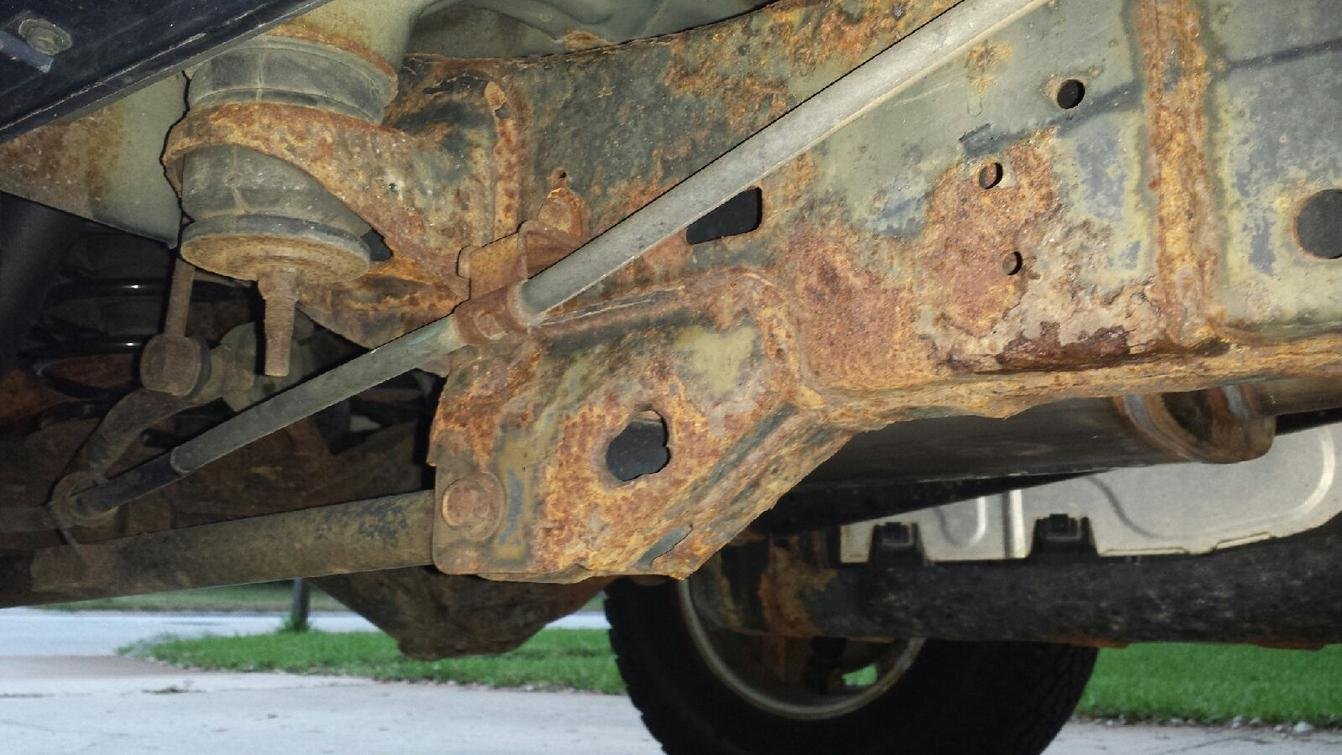How to Buy a 4Runner that Isn’t a Money Pit
The 4th Generation Toyota 4Runner is known for its reliability and off-road capabilities, making it a popular choice among SUV enthusiasts. However, even the most dependable vehicles can have their fair share of common problems. In this blog post, we'll take a closer look at some of the issues you should be aware of when shopping for a 4th generation Toyota 4Runner.
1. Rust Concerns
Rust is the enemy of many older vehicles, and the 4th gen 4Runner is no exception. One of the most common places to find rust on these models is on the rear hatch. The rear hatch, trim pieces along the corners, the wing mounts, and the tailgate's bottom are all susceptible areas. Additionally, the frame can be prone to rust, especially if the vehicle has been driven in salt-heavy regions. Notably, the 4Runner did not receive the same frame recall as some other Toyota models, so checking for rust is crucial.
If you see this.. Run.
2. 4WD Actuator Issues
On 4WD models, the electronic 4WD actuator within the transfer case can be problematic. If it seizes up, it can be an expensive repair, requiring the transfer case to be rebuilt. To avoid this issue, ensure that the 4WD system engages properly by testing all modes.
3. Cracked Exhaust Manifolds
V8 4Runners are known to develop cracked exhaust manifolds, causing a distinctive ticking noise, especially when the engine is cold. While this issue is prevalent, it can be a costly fix. One solution is to upgrade to stainless steel headers, offering durability and peace of mind. This problem is most common in the 03-05 models.
4. Air Injection Pump Problems
The air injection pump is part of the emissions system, and if it fails, it can trigger a check engine light, a diagnostic code, and even put the vehicle into limp mode. While dealerships can be expensive for repairs, aftermarket bypass kits are available to disable the system, a more cost-effective solution.
5. Check Engine Lights and Diagnostic Codes
Before purchasing a 4th gen 4Runner, it's crucial to scan the vehicle for any diagnostic trouble codes (DTCs). A simple tool like the "fixed sensor" can help you identify hidden issues that might not be immediately visible. It can also help you keep track of vehicle maintenance and predict emissions test outcomes.
6. Rear Air Suspension Concerns
Some 4Runners are equipped with rear air suspension, which can develop leaks in the lines or stop functioning altogether. If you notice the vehicle sitting unevenly or sagging in the rear, this could be a sign of air suspension issues.
7. Sticky Brake Calipers
Sticky brake calipers are common in 4th gen 4Runners, leading to uneven braking and sluggish acceleration. To check for this issue, make sure the vehicle doesn't pull to one side when you brake and look for uneven brake dust on the wheels.
8. Climate Control Dial Light Bulbs
Over time, the light bulbs behind the climate control dials can burn out. This is a minor issue and can easily be fixed by replacing the bulbs yourself.
Conclusion
When shopping for a 4th generation Toyota 4Runner, it's essential to be aware of these common issues to make an informed decision. While these SUVs are known for their durability and off-road prowess, a thorough inspection and awareness of potential problems can help you enjoy your 4Runner for years to come.





